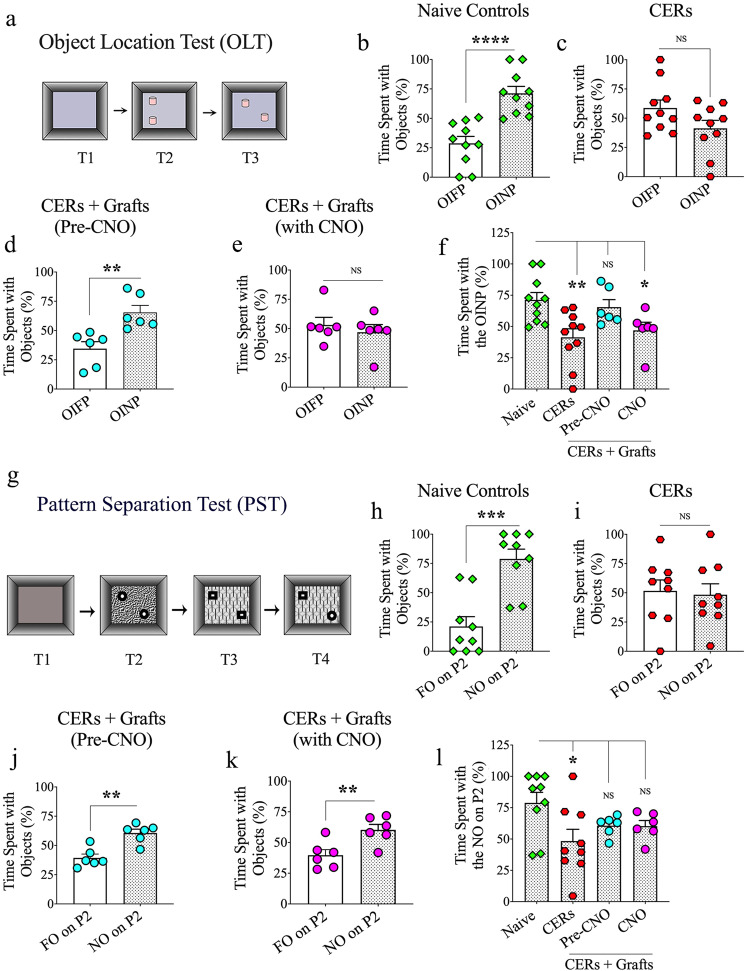Fig. 5. Effects of grafting human medial ganglionic eminence (hMGE) progenitor cells expressing the Gi-protein-coupled receptor hM4Di into the hippocampus of chronically epileptic rats (CERs) on cognitive function.
a depicts the various trials involved in an object location test (OLT). The bar charts in b–e compare percentages of time spent with the object in the familiar place (OIFP) and the object in the novel place (OINP) in naive control rats (b), chronically epileptic rats (CERs; c), and CERs with hMGE grafts before and during the clozapine-N-oxide (CNO) treatment (d, e). The bar chart in f compares the time spent with the OINP across the four groups with ANOVA. Object location memory was impaired in CERs with no grafts and CERs with grafts when graft-derived interneurons were silenced. g shows the various trials involved in a pattern separation test (PST). The bar charts in h–k compare percentages of time spent with the familiar object on pattern 2 (FO on P2) and the novel object on pattern 2 (NO on P2) in naive control rats (h), CERs (i), and CERs with hMGE grafts before and during the clozapine-N-oxide CNO treatment (j, k). The bar chart in l compares the time spent with the NO on P2 across the four groups with ANOVA. Note that pattern separation ability was impaired in CERs with no grafts. However, CERs with grafts displayed pattern separation ability even when the graft-derived interneurons were silenced with CNO. Values in bar charts are presented as mean ± S.E.M. *p < 0.05, **p < 0.01, ***p < 0.001, ****p < 0.0001, NS, non-significant (b–e, h–k, unpaired, two-tailed Student’s t test; f, l, one-way ANOVA with Newman–Keuls multiple comparisons test).

